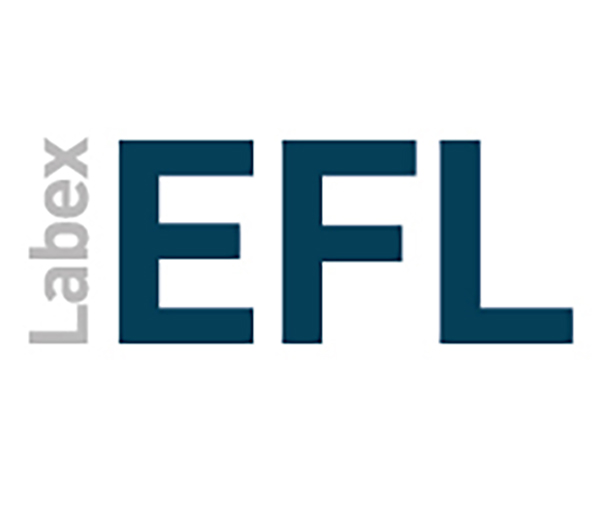Morphological complexity: defining it and measuring it
We consider the utility of the notion ‘complexity’ in furthering our understanding of morphology. It is argued that morphological complexity is a useful notion when applied to autonomous morphology, because this involves additional patterns and forms that are unnecessary from the perspective of syntax. We present default inheritance models of a number of different languages, including Archi (Nakh-Daghestanian) and Tlatepuzco Chinantec (Oto-Manguean) to illustrate different ways in which syntactic distinctions and morphology can cross-cut each other. We also consider the extent to which different measures of morphological complexity are comparable, in particular analyses based on implicational relations and those based on defaults.
- Lecture 1: What is morphological complexity and how useful a notion is it?
- Lecture 2: Modelling inflection.
- Lecture 3: Extremes of morphological complexity.
- Lecture 4: Defaults and implicational relations.







